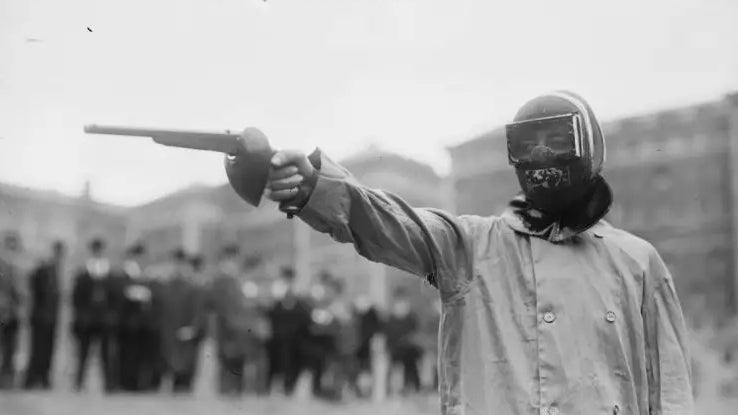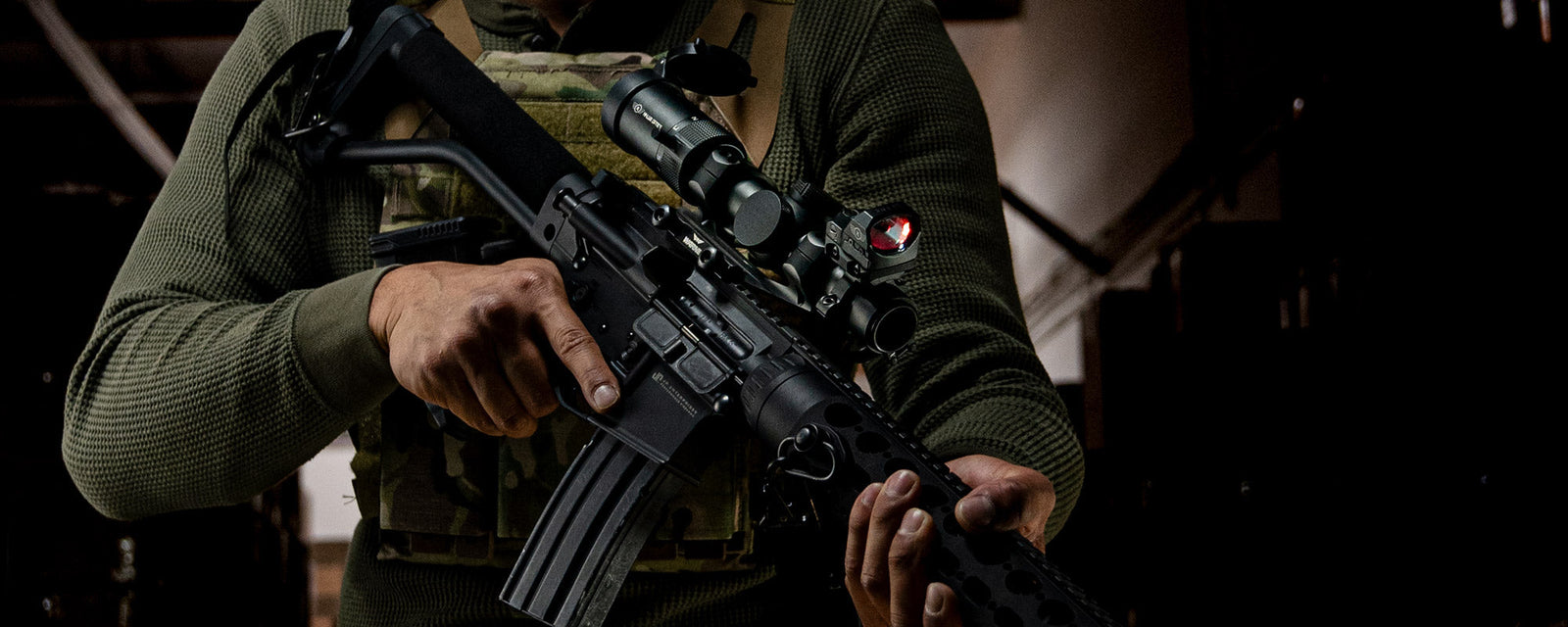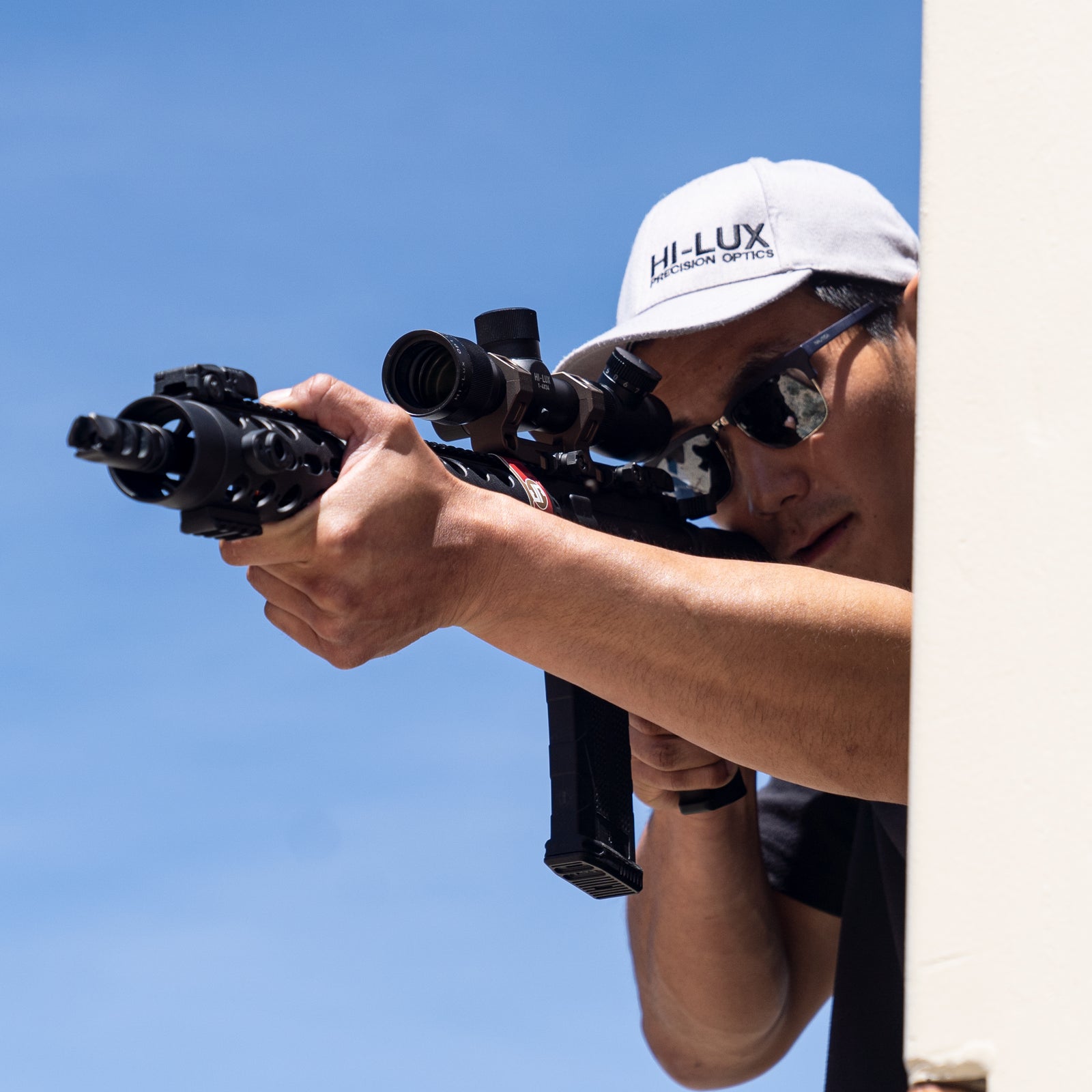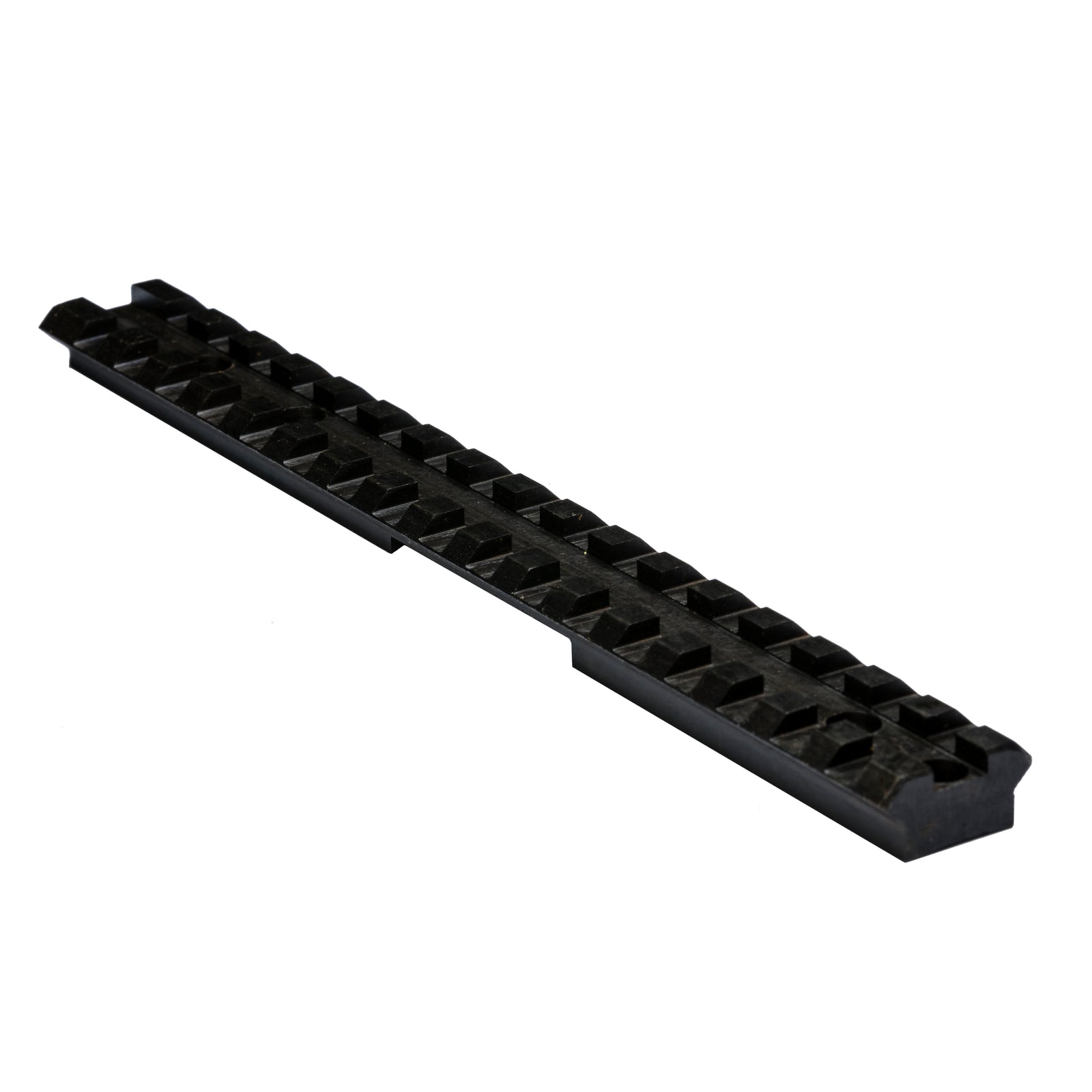I’ll start this out by saying that I have some good news and some bad news - at least as far as Hollywood is concerned. The bad news is that Wild West duels were not nearly so frequent as most people might think. Besides a few random circumstances in the heat of passion, people largely did their best to avoid being shot in plain view at ten paces’ distance.
But the good news, for all you dueling fans, is that it did briefly almost become an Olympic sport.

Yes - believe it or not, there was a time when two competitors would do their best to shoot each other as quickly as possible to win a medal. Let’s find out more.
I’d like you to travel back in time to 1908. The Olympics are being held in London, and the demonstration of a potential new sport is taking place. Off on the field meant for a later display of fencing, Walter Winans and a smattering of professional pistol duellists were meeting to shoot each other for sport - with an audience. Their game wasn’t sanctioned by the Olympics.

Instead, many of the players happened to be in town for later fencing or pistol matches and were interested in this new form of dueling. Despite the age-old admonition to never bring a knife to a gunfight, institutions such as the Carnegie Sword and Pistol Club were working to promote dueling with both blades and bullets.
While these competitors load up their specialty single-shot pistols, let’s step even further back in time to understand what they’re working with.
A handful of events were happening concurrently to culminate in such an exciting 1908 demonstration. For one thing, dueling was still a hot topic on the streets of Paris around the turn of the century. The duels were more likely to be fought with swords, but the idea of one-on-one combat seemed agreeable for the moment.
At the same time, a fellow named Walter Winans was writing and shooting in equal measure. He focused largely on the pistol, denouncing the then-modern automatic pistols in favor of revolvers. Regardless of the pistol in question, he absolutely despised shooting galleries and looked down on pistol competitions. He was tired of loud, dark rooms that smelled strongly of gunpowder. He was bored of standing at a set distance and shooting at a bullseye on a paper. He wanted some excitement.
In the words of his 1919 book, The Modern Pistol and How To Shoot It, he remarks, “The shooting galleries in black cellars, do not give prizes. You are supposed to be fully compensated, after being deafened by a man with a full charge revolver or automatic pistol blazing away into the darkness beside you, by paying for your targets, ammunition, and hire of a greasy revolver with a trigger-pull hard enough to break your finger and a report like a cannon, whilst you strain your eyes to see a black front sight in the darkness. There is no sport, or comfort, in all this. Under such circumstances nobody can be blamed if he gives up pistol shooting in disgust.”
Fortunately for Winans and his fellow bored competitors, Dr. Paul Devillers had designed a new wax bullet for dueling. He was both a doctor and a target shooter, keen on something a little different. To keep competitors alive and able to compete, this bullet was built to engage the rifling when fired and was soft enough not to severely injure an opponent. Being wax, it was a little sensitive to temperature. In the heat of a Paris summer, the firearms would have to be stored on ice while the bullets were kept in large glasses of water until use.

It wasn’t until 1903 that Dr. Devillers found a Parisian firearm manufacturer willing to make speciality dueling pistols. The firm of Piot-Lepage began producing and selling pairs of these pistols, presumably because a duel required two competitors. A while later, the Belgian firms ManuFance and Ancion-Marx began producing models as well.
These pistols were typically .44 caliber centerfire single-shots. They were modeled after muzzleloading pistols of the time, and honestly looked like something the three musketeers might carry if they had pistols instead of swords. Just in front of the trigger guard was a large sheet metal handguard, reminiscent of a fencing foil. The gun would be loaded with a steel cartridge, equipped with a one-gram wax bullet and a .22 caliber percussion cap.

Even with such a light load and soft bullet, competitors were still in some danger. They were advised to wear a long leather coat and face mask, similar to protective fencing gear of the time. They also made sure to wear eye protection - though the style tended more towards a welder’s mask with a glass faceplate.
With the armaments ready to go, Devillers finally founded the Societie L’Assaut au Pistolet in 1904. The goal of the Society was to prepare gentlemen for when they had to defend their honor in a duel. They devised rules for wax-bullet dueling, authorized equipment, and helped arrange matches. Commonly, matches were held by the Champs Elysee on fridays.

By 1905, the Society’s membership had grown and included such figures as the former French President Casimir Perier, along with the well-known marksman Walter Winans. The same Winans who was looking for a little more excitement in regards to pistol shooting competitions.
After 3 years of excitement and relatively low-stakes duels, Winans was ready to show off this sport to a larger audience.
We’re stepping back into 1908 as the competitors load up and face off against one another. Winan’s demonstration, held conveniently close to the Olympics in both time and space, was actually part of the Franco-British Exhibition celebrating the Entente Cordiale signed between Britain and France. To celebrate this historic accord between the two countries, competitors from America, Belgium, and France were planning on shooting at each other.

As this wasn’t actually a medaled event, I haven’t been able to find much information on how the match proceeded. I’d like to imagine that Winans was the victor, considering his love for the sport - but excitement can get the better of anyone. Winans did still go on to win a gold in the ‘08 Olympics for the ‘double-shot running deer’ event, roughly a month later.
Even with the speciality bullets, lack of powder, and protective equipment, viewers were advised that a ricochet could still do quite a bit of harm. One reporter that tried taking part in the event lost the skin between his thumb and forefinger, and complained of writing pains for some years after. I’m guessing he did not use the handguard.
With the onset of World War I and changes to the culture of dueling, the wax-bullet duel was never again demonstrated for the Olympics. Eventually, it seems that even smaller competitions fell out of favor. The sport of safe dueling faded as quickly as it had risen.
I’d like to finish this with a quote relevant to the event… but Winans wrote so many books that I simply have to pick a quote from somewhere else in his life. The following is from his book, “The Sporting Rifle,” published in 1908.
“Some people tell me that shooting at a stationary target improves their snap shooting. I am glad to hear it and only wish that I could say the same thing about myself. They cannot, however, blame me for stating that, from my own experience, I have come to a different conclusion.”
---
We hope you’ve enjoyed this look into the world of firearms. If you’d like to view this in a different format, it’s available in other convenient locations. If you’d like to hear the podcast, you can find it at The Bullet:In. For the video version, take a peek on our YouTube.
To find out about other wild shooting events in the past, take a peek at these articles:





Leave a comment (all fields required)